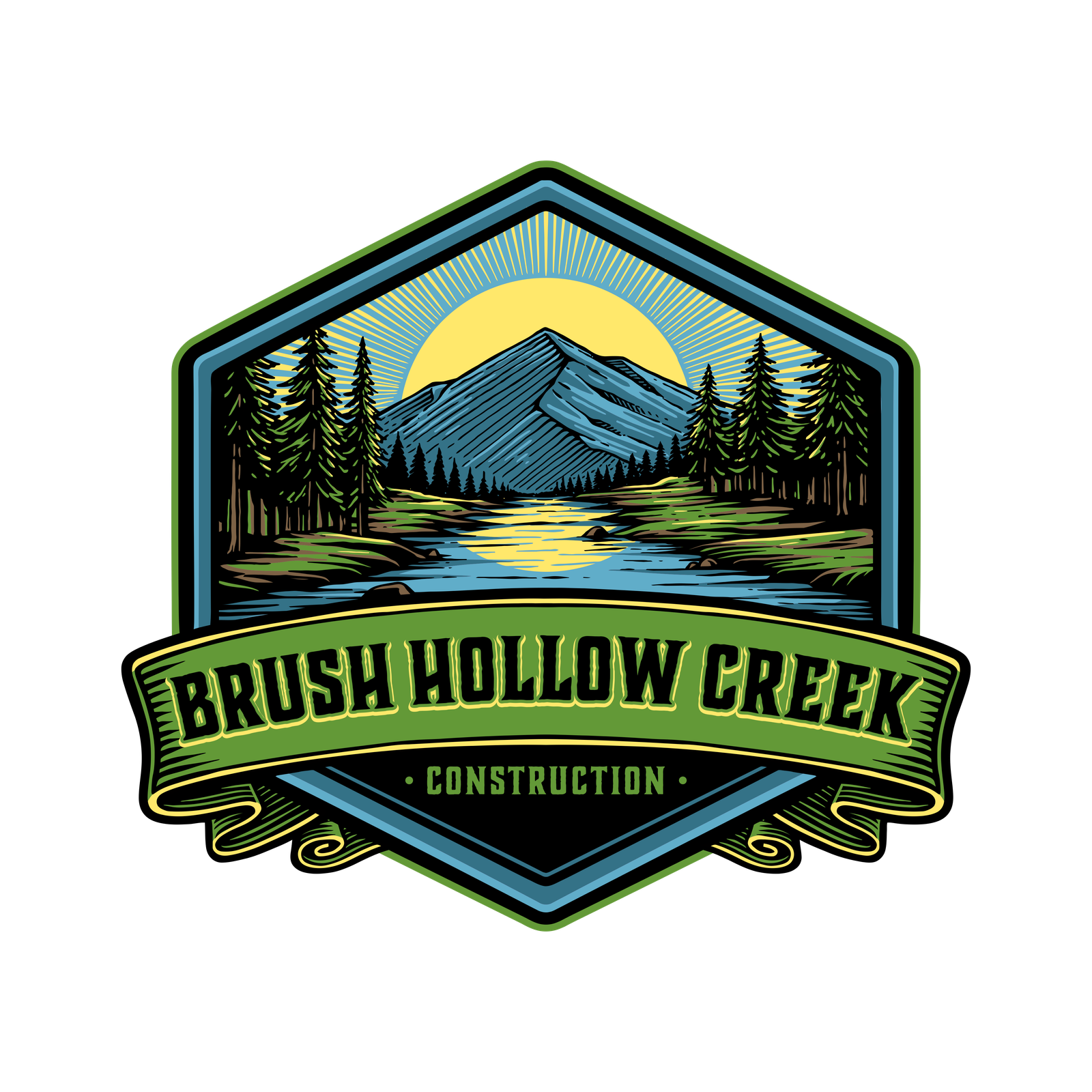Construction projects, whether residential, commercial, or industrial, require careful planning to ensure safety, sustainability, and compliance with environmental regulations. One of the most critical yet often overlooked aspects is site drainage planning and stormwater management. Proper drainage ensures that stormwater runoff is safely collected, directed, and treated, reducing risks of flooding, erosion, and environmental contamination.
This article explores the principles, engineering techniques, regulations, and sustainable practices that define effective drainage planning and stormwater management in modern construction projects.
Understanding Site Drainage Planning
Site drainage planning involves designing systems that control how surface and subsurface water flows across a construction site. When poorly managed, water accumulation can weaken foundations, erode soil, and damage nearby ecosystems.
- Purpose of Drainage Planning
- Prevent structural damage caused by water infiltration.
- Minimize erosion and soil displacement.
- Protect public infrastructure such as roads and storm sewers.
- Key Principles
- Grading Plans: Ensure land slopes away from structures.
- Flow Control: Direct stormwater into designated channels.
- Erosion Control: Stabilize soil during construction with vegetation, mats, or barriers.
Without effective drainage, even well-designed buildings are vulnerable to long-term water-related damage.
Stormwater Management: Core Concepts
Stormwater is rain or melted snow that flows across impervious surfaces like roads, rooftops, and parking lots. Unlike natural absorption into soil, this runoff can quickly accumulate, causing multiple challenges:
- Impacts of Uncontrolled Stormwater
- Flooding: Overwhelmed storm drains cause property damage.
- Erosion: Soil degradation near construction sites and waterways.
- Pollution: Runoff carries oil, chemicals, and debris into rivers.
- Regulatory Frameworks
- The Clean Water Act (CWA) enforced by the Environmental Protection Agency (EPA) requires stormwater permits for construction projects over one acre.
- Local municipalities often enforce stricter drainage ordinances.
By integrating stormwater management early in project design, developers comply with regulations while reducing liability.
Essential Components of a Site Drainage Plan
A drainage plan combines surface structures, subsurface systems, and stormwater detention solutions to safely manage runoff.
- Surface Drainage
- Swales, ditches, and channels guide water away from structures.
- Paved areas often slope toward storm drains for efficient flow.
- Subsurface Drainage
- French drains and perforated pipes manage water below the ground surface.
- Useful for areas with high groundwater or clay-heavy soils.
- Detention and Retention Basins
- Retention ponds permanently hold water, improving water quality.
- Detention basins temporarily store runoff to reduce peak flow.
- Green Infrastructure
- Permeable pavements allow water infiltration.
- Rain gardens and bioswales filter pollutants while managing flow.
Each component plays a role in balancing water quantity and quality control.
Engineering Techniques in Stormwater Management
Effective stormwater systems depend on advanced civil engineering methods:
- Hydraulic and Hydrology Analysis
Engineers calculate runoff using rainfall data, soil types, and land slopes. Runoff coefficients determine expected flow rates. - Erosion and Sediment Control
- Silt fences, sediment basins, and erosion mats prevent soil loss during construction.
- Stabilizing exposed soil is a legal requirement under most permits.
- Detention vs. Retention
- Detention: Manages stormwater volume and peak flow.
- Retention: Focuses on improving water quality through natural infiltration.
- Storm Sewer Integration
- Sites often connect private drainage systems with municipal storm drains.
- Proper design ensures that cities aren’t overwhelmed during heavy rainfall.
Best Practices for Sustainable Drainage
Modern site drainage integrates sustainable drainage systems (SuDS) to support eco-friendly development.
- Low Impact Development (LID)
- Reduces impervious surfaces by incorporating permeable pavements.
- Uses natural landscape features to control water at the source.
- Native Landscaping
- Plants adapted to local climates reduce irrigation needs and absorb more runoff.
- Green Infrastructure Integration
- Green roofs absorb rainfall and reduce building energy costs.
- Rainwater harvesting systems provide sustainable water for irrigation.
- Case Studies
- Cities like Portland and Philadelphia have implemented large-scale SuDS programs, cutting down flooding incidents while improving water quality.
Compliance and Local Jurisdiction Requirements
Stormwater management is not only a best practice but also a legal obligation.
- Permits and Approvals
- Construction activities often require National Pollutant Discharge Elimination System (NPDES) permits.
- Local authorities demand detailed drainage and grading plans before approval.
- Environmental Reviews
- Projects undergo site inspections to ensure compliance with erosion and sediment control measures.
- Long-term Maintenance
- Drainage systems must be regularly inspected.
- Retention ponds, bioswales, and storm drains require debris removal to remain functional.
Challenges and the Future of Stormwater Management
The future of drainage planning must address climate change, urbanization, and technological advancements.
- Climate Change Impacts
- Increased rainfall intensity leads to higher flood risks.
- Drainage systems must be designed for resilience.
- Urbanization Pressures
- Expanding impervious surfaces reduce natural infiltration.
- Cities must balance growth with stormwater capacity.
- Advancing Technology
- Smart drainage systems use sensors to monitor water flow in real time.
- Predictive models help city planners prepare for extreme weather.
- Resilient Infrastructure
- Combining traditional engineering with green infrastructure offers a balanced approach.
Conclusion
Site drainage planning and stormwater management are essential to modern construction, protecting both built structures and natural ecosystems. From grading plans to advanced stormwater retention systems, proper planning ensures compliance with environmental laws while creating safer, more sustainable communities.
By embracing sustainable drainage systems, low impact development practices, and smart technologies, developers and city planners can mitigate flood risks, enhance water quality, and build resilient infrastructure for the future.

